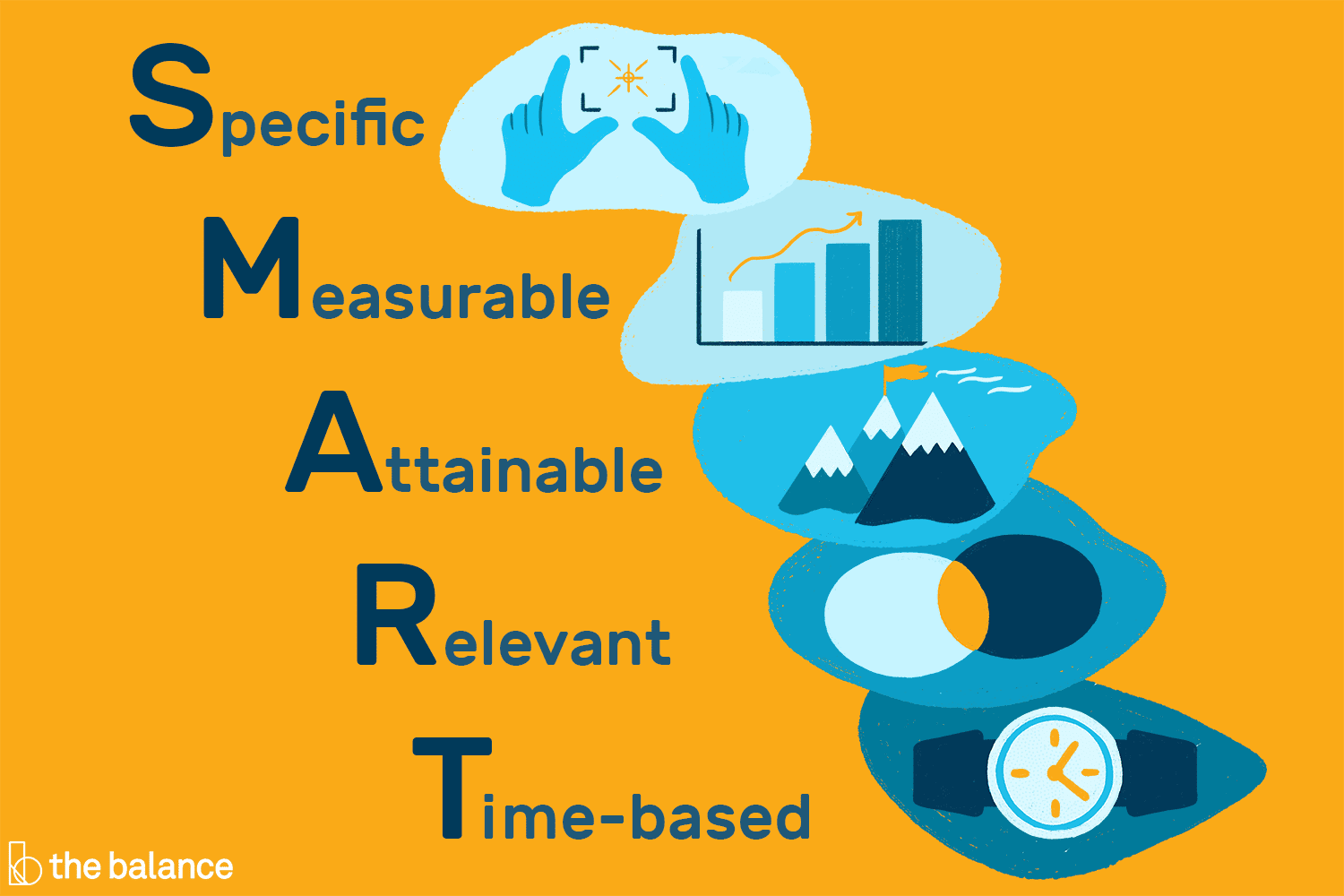Farm architecture has long been a cornerstone of agricultural innovation, adapting to the changing needs of farmers and the environment alike. From humble barns to sophisticated greenhouses, the evolution of farm architecture reflects not only advancements in technology but also shifting agricultural practices and environmental concerns. In recent years, there has been a notable rise in the adoption of temporary farm buildings, offering flexible solutions for modern farming challenges. These structures, though temporary in nature, play a crucial role in meeting the demands of a dynamic agricultural landscape while paving the way for long-term sustainability and efficiency.
Traditional farm buildings, such as barns and silos, have been fixtures of the rural landscape for centuries. These structures served essential functions, providing shelter for livestock, storage for crops, and space for various agricultural activities. However, as farming practices evolved and the scale of operations expanded, so too did the need for more specialized infrastructure. This led to the emergence of purpose-built facilities designed to optimize efficiency and productivity.
One notable trend in farm architecture is the increasing use of greenhouses and hoop houses. These structures offer controlled environments for cultivating crops year-round, regardless of external weather conditions. By harnessing technologies such as automated climate control and hydroponic systems, farmers can maximize yields while minimizing resource inputs. Greenhouses also provide protection against pests and diseases, reducing the need for chemical pesticides and herbicides. While traditionally associated with horticulture, greenhouses are now being adapted for a wide range of crops, from leafy greens to vine fruits, further diversifying agricultural production.
Another significant development in farm architecture is the rise of modular buildings and portable structures. These temporary solutions offer flexibility and scalability, allowing farmers to adapt quickly to changing needs and market demands. Modular buildings can be easily assembled and disassembled, making them ideal for seasonal operations or temporary storage. Additionally, their modular design allows for customization, ensuring that they can be tailored to specific requirements, whether it be housing livestock or storing equipment. Portable structures, such as fabric buildings and shipping container conversions, provide cost-effective alternatives to traditional construction methods while offering comparable durability and functionality.
One example of the innovative use of temporary farm buildings is in the realm of vertical farming. With the global population expected to reach 9.7 billion by 2050, the pressure to produce more food with less land is greater than ever before. Vertical farming, which involves growing crops in vertically stacked layers, presents a promising solution to this challenge. Temporary structures, such as shipping container farms and modular vertical farms, allow for the efficient utilization of urban spaces, reducing the need for arable land while minimizing transportation costs. These compact yet productive farms can be deployed in a variety of settings, from vacant lots to rooftops, bringing fresh produce closer to consumers and reducing the carbon footprint of food production.
In addition to addressing the challenges of land scarcity and urbanization, temporary farm buildings also play a vital role in promoting environmental sustainability. By incorporating renewable energy sources, such as solar panels and wind turbines, into their design, these structures can reduce reliance on fossil fuels and lower carbon emissions. Furthermore, their modular construction allows for greater resource efficiency, with materials being recycled or repurposed at the end of their lifespan. As the agricultural sector increasingly embraces sustainable practices, temporary farm buildings offer a practical and scalable solution for reducing its environmental footprint.
The evolution of farm architecture is a testament to the ingenuity and adaptability of farmers and designers alike. From traditional barns to high-tech greenhouses, each generation has built upon the innovations of the past to meet the challenges of the present. In today’s rapidly changing agricultural landscape, temporary farm buildings are emerging as indispensable tools for achieving long-term sustainability and resilience. By embracing flexibility and innovation, farmers can continue to thrive in an ever-evolving world, ensuring that future generations have access to safe, nutritious, and environmentally friendly food.




